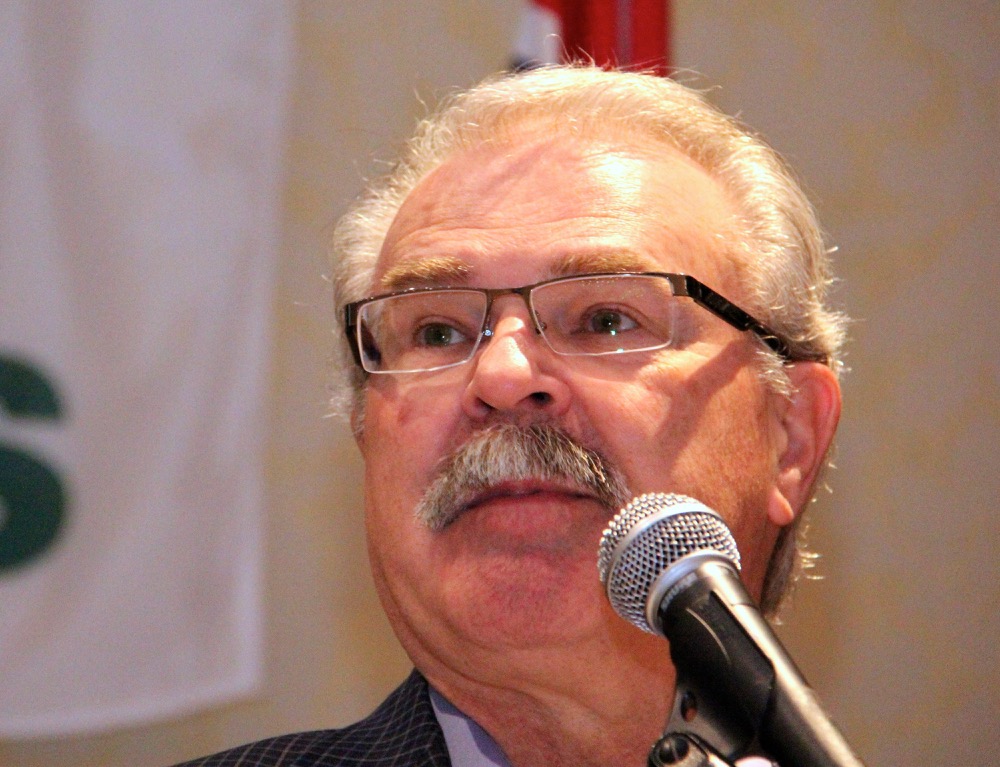No parent wants to learn that their child is the victim of a bully, but many parents feel helpless when their child is a victim.
Here are some things parents can do:
Listen to your child’s reports of being bullied and take it seriously. Recognize the symptoms: lost or torn clothing, unexplained bruises, fearfulness or anxiety, moodiness, withdrawn behaviour, a drop in grades, lack of friends, loss of appetite, unexplained reluctance to go to school or sleep disturbances.
Ask questions. Be suspicious if your child needs extra school supplies or extra lunch money. Ask how he or she is spending lunch break, before and after school time. Ask what it’s like riding the bus to school. Ask if there are peers who are bullies without asking whether your child is being bullied. Encourage speaking out.
Read Also

Giant Canada geese have gone wild in Manitoba
Giant Canada geese are seemingly everywhere and can be fine table fare for local hunters, but 70 years ago, they were borderline extinct.
Teach your child how to avoid the situations that expose him or her to bullying. Direct your child toward experiences tailored to improve his or her social skills. Typically, assertive, self-confident children do not become victims of bullying. Youth may also be singled out as a victim because of traits such as extreme passivity, sensitivity to criticism or low self-esteem.
Teach your child how to respond to aggression. With bullies, they should be assertive and leave the scene without violence. Role play with your child how to react and respond. Do not tell your child to strike back. This gives the message that the only way to fight violence is by using more violence. It makes them feel that they need to solve the problem alone and parents and teachers don’t care enough to help.
Report all incidents to school authorities if bullying is happening at school. Keep a written record of who was injured and those you reported it to.
Eliminate violent games, TV shows and movies as much as possible. Discuss and model cooperative, non-aggressive ways to solve problems.
Avoid physical punishment. It sends the message that using physical force is acceptable. Children disciplined by physical punishment may use physical force to get their way with others.
The important thing parents can do is to keep communicating with children about their relationships, feelings and interactions with others. Ask your child how he or she feels in different situations and practise or role play responses to bullying behaviour so they know what to do when a situation occurs that they are uncomfortable with.
– Kathleen Olson is a family relations educator with University of Minnesota Extension.


















